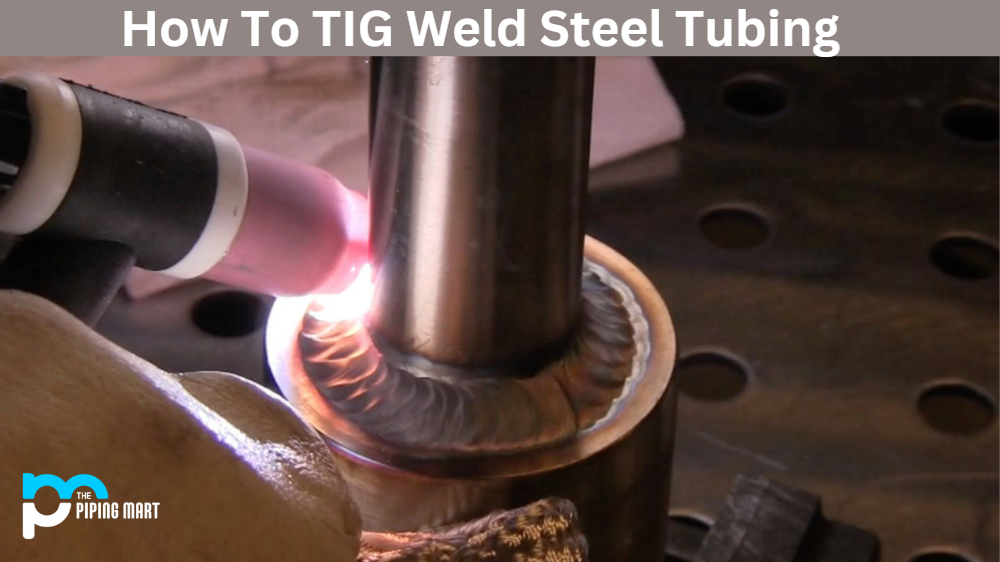The Copper Development Association (CDA) defined a numbering system based on the composition of each copper alloy as it was produced. The SAE and ASTM adapted these numbers (adding two more digits to the codes) and now use them to classify different copper alloys. Copper’s capabilities can be extended to accommodate a wide range of manufacturing and high-tech applications. This is done by the alloying process, which entails making a durable substance from two or three different metals. Copper alloys can be made to suit almost any application by mixing copper with other metals.
Over 400 copper alloys are found, each one is with its own set of properties to accommodate a wide variety of uses, high in quality demands, manufacturing process, and areas.
Of all the commercial metals, pure copper has the highest electrical and thermal conductivity. Copper can shape alloys with a wider variety of alloying elements than other metals, resulting in the alloys. The copper grade numbering scheme is broken down below to help and understand copper alloys and the characteristics of each sequence.
C100 – series with Copper contains.
Coppers in the 100 series are called pure coppers. It has minimum copper content of almost 99.3%. These series of C100 has a high copper alloy content of around 96.1 percent to almost 99.3 percent. Grade C100 series has a high heat and electrical conductivity and may have and extra alloying elements like Beryllium, Cobalt, Chromium, Cadmium, Iron or Nickel, which further increases the strength without any effect to heat and electric conductivity.
C200 series with Brass contains.
Grade C200 series is a formation of two materials i.e. copper and zinc alloys, with a strong electrical and heat properties and the ability to be drawn or molded with losing good strength.
C300 Series with Leaded Brass contains.
C300 series of copper grade has brass alloys with contains 1 to 3 percentage led by weight, allowing for easy Sawing and Shearing, Machining, Milling.
C400 Series with Tin Brass contains.
Grade C400 series alloys contain 1 to 2 percent of tin, and copper and zinc together, which results to a good strength and corrosion resistant property. This grade is mostly used for electric applications like terminals and connectors
C500 Series with Phosphor Bronzes contains.
Lead phosphor bronze alloys in the grade C500 series is designed for performance under load. These grades often resist alternating or cycling tension, which is typical in spring and bellows uses.
C600 Series with Bronzes contains.
Aluminum bronzes in the 600 series contain 2 – 3 percent of aluminium by size, providing increased strength while retaining formability. Bearings, wear plates, and hydraulic valve sections are all made from these alloys.
C700 Series with Nickel Silvers.
The alloys in the 700 series have high strength, good formability, and enhanced corrosion resistance. This includes silver, nickel, and lead alloys.

Pipingmart is B2B portal specializes in industrial, metal and piping products. Also, share latest information and news related to products, materials and different types grades to help business dealing in this industry.




